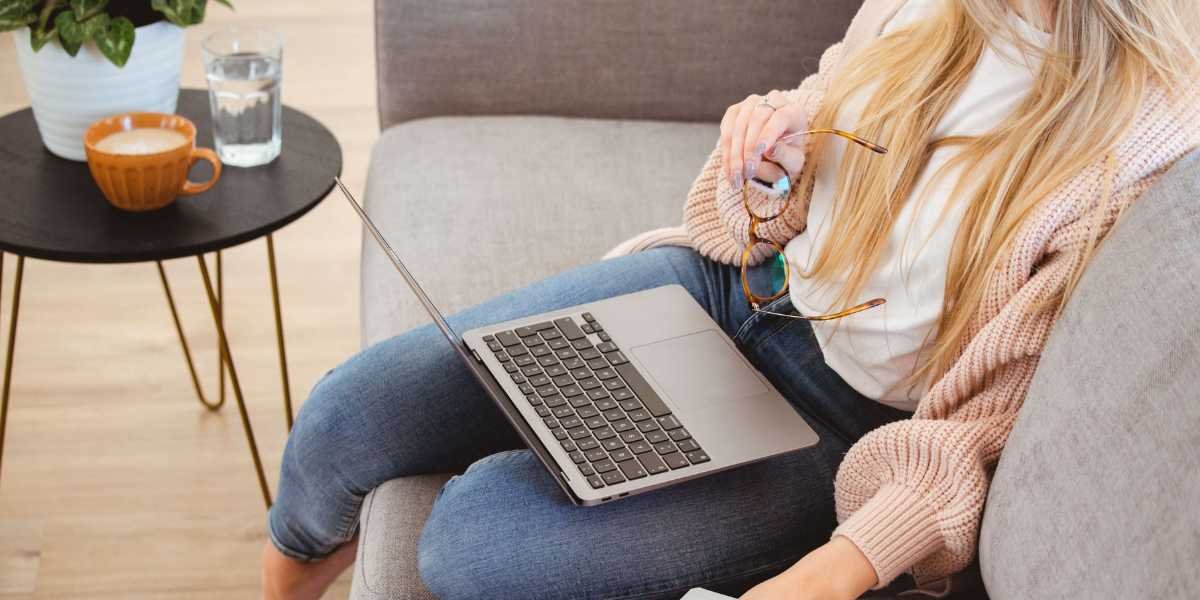Channeling your inner Bob Vila, you may have considered the benefits of a DIY home office setup. You’re not alone. More than just a cost-saving move, taking a DIY approach in designing your workspace can give you a sense of belonging and satisfaction. You’re not just creating a space for work; you’re carving out a niche that’s uniquely yours, a place where you call the shots.
No designer can capture your personal style and working preferences better than you. The process may demand some elbow grease, but in the end – a workspace that reflects your identity and boosts your productivity that YOU did – makes it worthwhile.
Assessing Your Workspace Needs
Before you get started with your DIY home office project, first evaluate your workspace needs to ensure you’re creating a functional, productive environment. What tasks will you primarily undertake? Do you need a large desk for drafting plans or a small one for laptop work? Are you a fan of minimalistic style or do you prefer a more traditional office setting?
Consider the technology you’ll need. While a computer is a given, you might also require a printer, scanner, or extra monitors. Factor in the space these will take and plan your layout accordingly.
Lighting is another critical element. Natural light can boost your mood, but you’ll also need task lighting for those late-night projects.
Storage is next on your list. Do you have a plethora of paper files, or is most of your work digital? Your answer will determine whether you need filing cabinets or more desk space for your cloud-computing devices.
Lastly, remember your comfort. Invest in an ergonomic chair and keyboard. After all, you’ll be spending a lot of time here.
Assessing your workspace needs is your first step in creating a DIY office that truly feels like it’s yours.
Choosing the Right Furniture
Choosing the right furniture for your home office is a critical step in ensuring your workspace is both functional and comfortable. You’re not just selecting items to fill a room; you’re crafting a haven for productivity.
Start with the essential piece: your desk. Consider your daily tasks. If you’re constantly shuffling papers, you’ll need a larger surface. If you’re primarily on a laptop, a smaller desk might do. An ergonomic chair will provide the support you need during long hours. It’s not about aesthetics alone, your health is on the line, too.
Next, consider storage. Even the digital age hasn’t done away with paper completely. Opt for filing cabinets or bookshelves that suit your style and meet your needs. Remember, it’s your space. It should reflect you. And if you are on a budget, using filing cabinets or small bookshelves as your desk base with a wood plank can work as well.

Lastly, don’t forget lighting. Choose a desk lamp that’s kind on your eyes. Also, consider where natural light comes from to avoid screen glare.
Organizing for Efficiency
After you’ve selected your furniture, it’s time to focus on organizing your home office for maximum efficiency. By organizing your space effectively, you can create a workflow that’s both smooth and productive. Here’s a step-by-step guide to help you achieve this.
- Define your zones: Identify areas for specific tasks. This may include a workspace for your computer, a reading area, and a place for supplies.
- Maximize your space: Use vertical space to your advantage. Shelves, hanging files, and wall-mounted organizers free up desk space, keeping important items within reach.
- Invest in suitable storage: Declutter by storing documents and supplies neatly. Choose storage options that fit your style and needs, such as filing cabinets, storage boxes, or desk organizers.
- Label Everything: Clear labels help you find what you need quickly, saving time and reducing stress.
This process isn’t just about being tidy. It’s about creating an environment where you can thrive. A well-organized home office can boost your productivity, streamline your tasks, and make your working hours more enjoyable. It’s a space that’s truly yours, a testament to your unique work style and needs.
Here’s some select articles on making your home workspace run efficiently. Click here.
Incorporating Personal Style
Now, let’s dive into how you can incorporate your personal style into your home office setup. Your workspace should be a reflection of who you are, a place where you feel comfortable, inspired, and productive. It’s not just about functionality, but also about creating an environment that resonates with your personality and facilitates your workflow.
Firstly, consider the color scheme. Colors have a profound impact on our emotions and cognitive functions. Choose hues that elicit the emotions you want to feel while working. If you’re into minimalism, a monochromatic palette might work for you. If you’re more vibrant, opt for bold, contrasting colors.
Secondly, select furniture that aligns with your aesthetic preference. It could be a sleek, modern desk or a vintage wooden one. Remember, it’s your space. Make it feel like you.
Lastly, accessorize your space. This could be artwork, photos, plants, or even a special coffee mug. Don’t shy away from adding personal touches that make the space uniquely yours.
Take a look at some of posts that cover decor and design to inspire you with your personal touches.
Maintaining a Healthy Environment
In addition to infusing your personal style, it’s essential to maintain a healthy environment in your DIY home office setup. A conducive atmosphere can contribute significantly to your productivity, well-being, and overall job satisfaction. To achieve this, consider the following four key areas:
- Lighting: Ensure you’re working in a well-lit area, preferably with natural light. Poor lighting can lead to eye strain and fatigue.
- Ventilation: Regularly air out your workspace. Fresh air improves concentration and reduces the risk of headaches.
- Ergonomics: Invest in a chair that supports your back and a desk at the right height to prevent postural problems.
- Cleanliness: Keep your workspace clean and tidy. Clutter can be distracting and may even cause stress.
Conclusion
In the end, going DIY with your home office setup isn’t just about saving money. It’s about crafting a space that’s uniquely yours, a haven of productivity tailored to your needs and style. Like a master painter at their easel, you’re in control, arranging each element for maximum efficiency and comfort. So, roll up your sleeves and let your creativity bloom. Your perfect workspace awaits, and it’s just a DIY project away.



